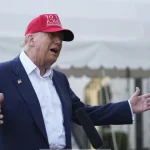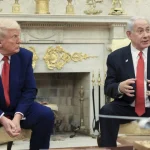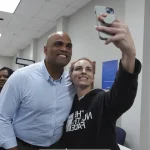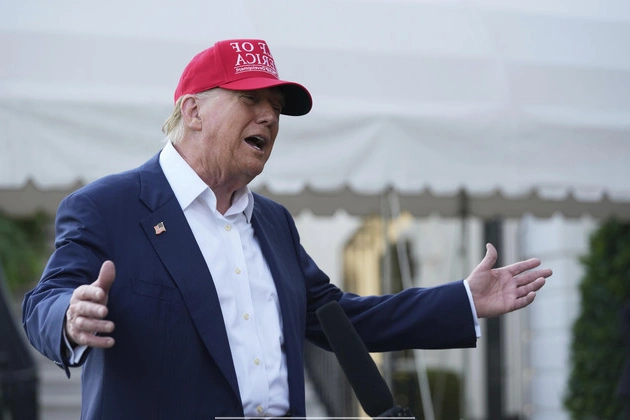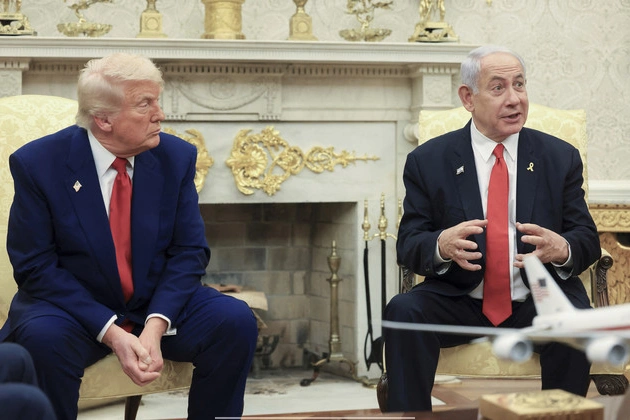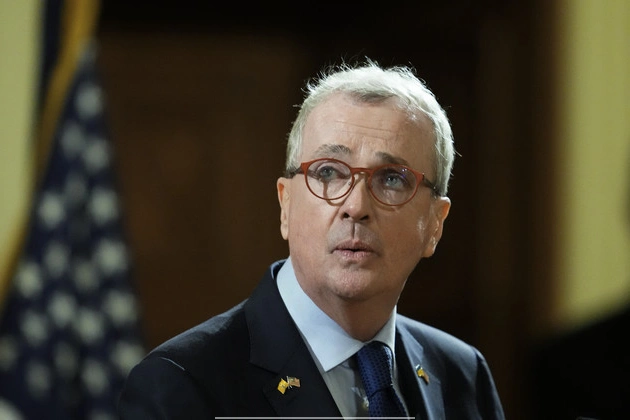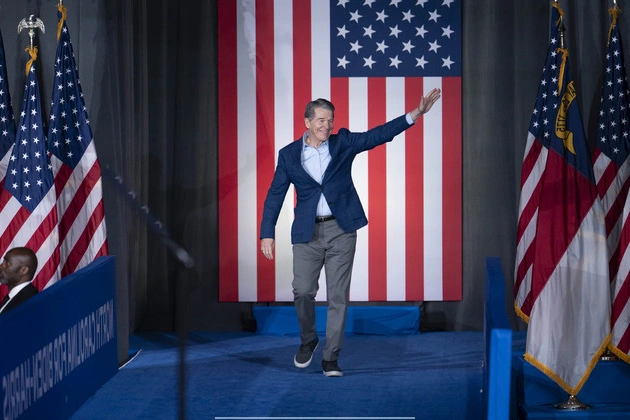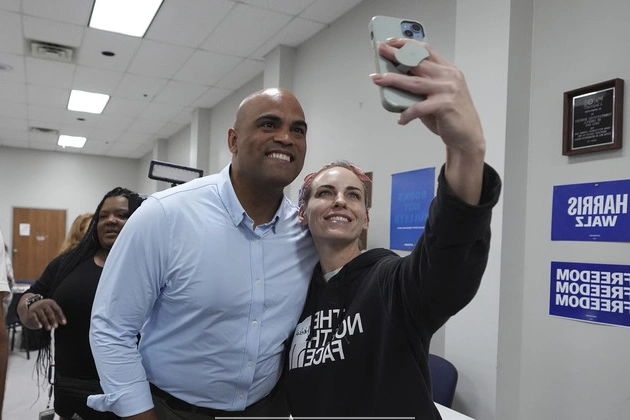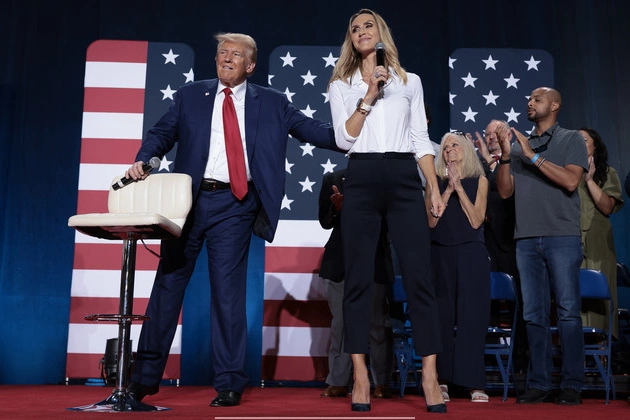
The clash between the Federal Reserve board and President Donald Trump’s agenda is becoming increasingly inevitable. Fed Chair Jerome Powell has refrained from commenting on Trump’s tariff threats and policy moves, but these actions are shaping the economic outlook for the year.
Forecasting Challenges
Despite a robust underlying economy, major banks like Goldman Sachs and JPMorgan Chase have revised down their GDP growth estimates for the year. Trump’s trade policies raise concerns about potential inflation acceleration amid slowing growth, posing a challenge for the Fed’s interest rate tools.
Powell’s Dilemma
As Trump’s policies impact the economy, Powell faces increasing pressure to address their implications. This dynamic sets the stage for a potential conflict between Powell and Trump, given the latter’s past criticism of the Fed’s rate decisions.
Policy Impacts
Trade tensions are expected to dampen economic activity, necessitating rate cuts by the Fed. However, they could also fuel cost increases, potentially leading to rate hikes. Other government actions such as deregulation, tax cuts, and labor policies add further complexity to the economic outlook.
Uncertainty Looms
The uncertainty surrounding policy outcomes contributes to economic volatility. While some officials remain optimistic about the economy, the risk of a recession persists, especially in light of varying tariff scenarios and inflation concerns.
Future Watch
Amidst these challenges, Powell emphasizes vigilance on trade-related developments that could influence inflation expectations. With inflation already above target, the Fed faces tough decisions on rate adjustments amid economic uncertainties.
Stay tuned for more updates on the evolving dynamics between the Fed, Trump, and the economy.
